50 Words or Less
The TaylorMade P DHY takes the fear out of long approaches and tight tee shots. Very consistent distances. Straight, predictable ball flight. Some workability, but it leans toward forgiveness.
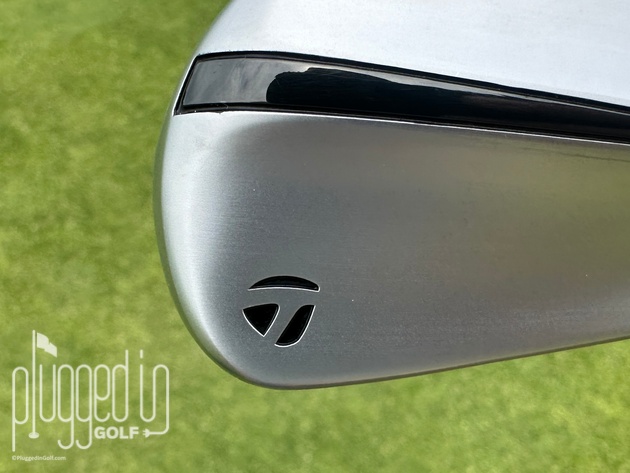
Introduction
The TaylorMade P DHY – Driving Hybrid – is built for players who don’t want to give up the control of an iron but need a little more help with speed and launch. This club bridges the gap between utility irons, which can be challenging to hit, and hybrids, which some find unpredictable. If that sounds like the perfect Goldilocks solution to your long game, read on.
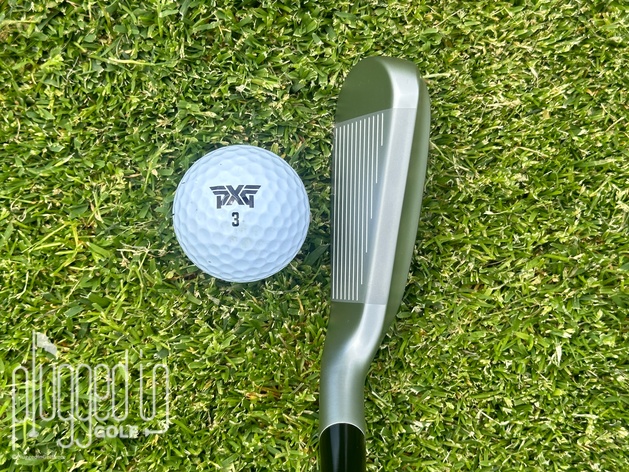
Looks
In the bag, the TaylorMade P DHY is a stunner. The all-matte look is super clean, and TaylorMade kept the branding extremely minimal. Though it does have a little bulk, the look still screams “This guy can play!”
At address, the P DHY is a bit more iron-like than the Stealth DHY [review HERE]. The face, though still elongated, is not as round. Additionally, the top line looks a little thinner, and there appears to be less flange sticking out behind it. Overall, it gives you the feel of hitting an iron with some added comfort.
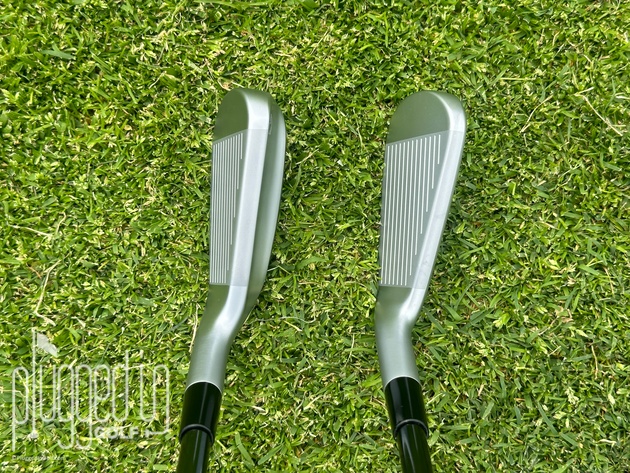
The TaylorMade P DHY and P UDI (above, right), while clearly related, have some obvious differences at address. The P DHY has a thicker top line, and its face is about 1/8″ shorter at its peak. Both irons are the same length from heel to toe, though the shorter face makes the DHY look longer. TaylorMade does not give offset specs, but to my eye there is slightly more offset in the P DHY.
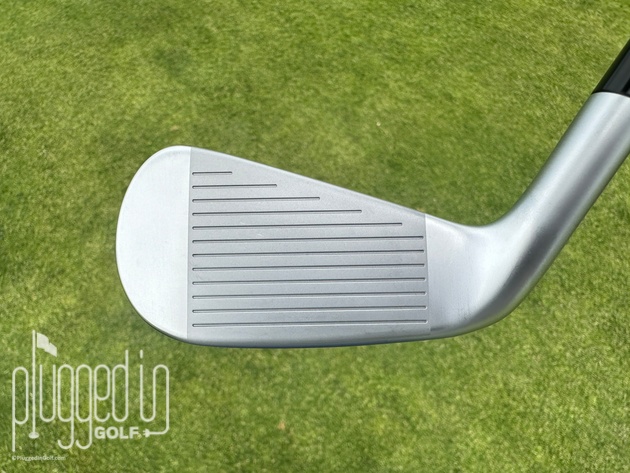
Sound & Feel
The TaylorMade P DHY has the exact sound and feel that I hoped for. I would describe it as a supercharged traditional iron. The sound on center is a powerful “snap” that pairs with a solid feel.
Despite its larger size, the P DHY provides clear feedback on strike quality. Centered shots feel sweet, and small misses feel good – less soft but not hard. When you explore the edges of the face, the feel becomes quite firm. Similarly, the volume of impact climbs as you get farther from the sweet spot.

Performance
The TaylorMade P DHY is built to take the fear out of tight tee shots and long approaches. With a long iron, mishits can be very ugly. With the P DHY, almost every shot is going to end up in a good place. The combination of the Speed Pocket and internal weighting with up to 26 grams of tungsten make this club very forgiving and stable.

Testing the TaylorMade P DHY on a launch monitor, I was impressed with the consistency of the numbers. On shots ranging from pure to fairly poor, ball speed stayed in a range of about 5 MPH. That and the robust spin numbers kept the distances predictable whether I hit it flush or off center. The dispersion also stood out as a real positive. While I was able to shape shots when I wanted to, this club defaults to a straight flight.
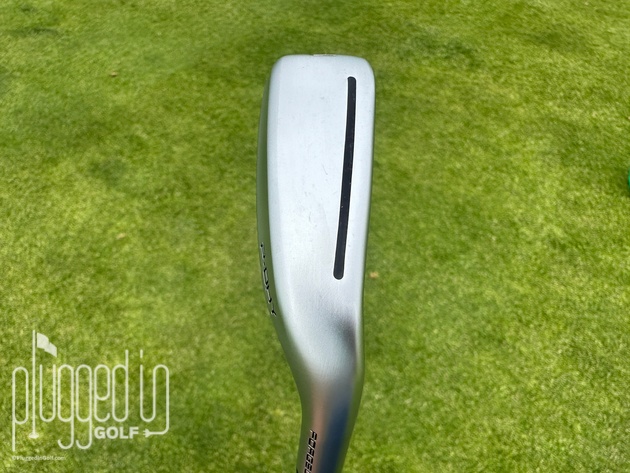
Compared to the P UDI [review HERE], the TaylorMade P DHY is the friendlier option. It launches and spins slightly more which helps to get more shots on a playable trajectory. Additionally, the P DHY is slightly better a preserving ball speed. All this means that your mishits are going to end up closer to your best strikes.
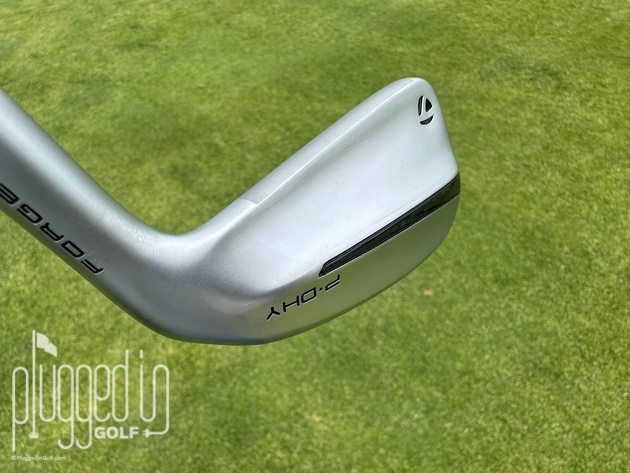
The tradeoff that you make with the P DHY is a small loss in versatility. TaylorMade rates the P DHY slightly lower than the P UDI off the fairway and out of the rough because of the wider sole. I don’t agree that the P DHY is universally harder to hit from these situations – some players benefit from that wider sole – but I understand the idea behind the rating. Additionally, while the P DHY can certainly shape shots, it’s more “point and shoot” than the UDI.
As with the P UDI, getting fit for the TaylorMade P DHY is key. I know a lot of players treat utility irons like hybrids – buying one off the rack and hoping it works – but that’s not going to help you get the most out of this club. Long approaches are some of the most challenging shots in the game, and getting the perfect shaft and loft on your club can make them much more manageable.

Conclusion
For many golfers, the TaylorMade P DHY is going to be the “just right” option for their long game. This club offers the looks and control of an iron with the forgiveness that we normally associate with hybrids. If you’re ready to take on those long shots with more confidence, check one out the next time you visit your club fitter.
Buy the TaylorMade P DHY HERE
TaylorMade P DHY Price & Specs
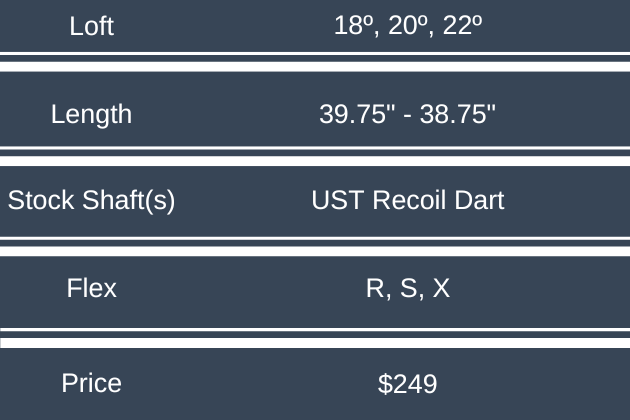
He founded Plugged In Golf in 2013 with the goal of helping all golfers play better and enjoy the game more.
Matt lives in the northwest suburbs of Chicago with his wife and two daughters.
- Performance Golf Click Stick Training Aid Review - October 18, 2024
- Callaway Opus Platinum Wedge Review - October 17, 2024
- When to Take a Break from Golf - October 15, 2024


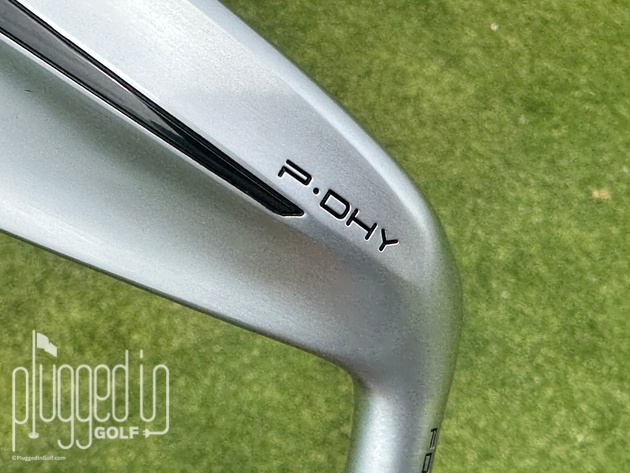
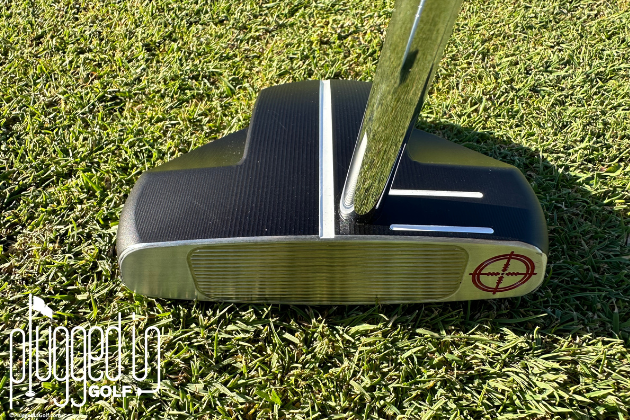
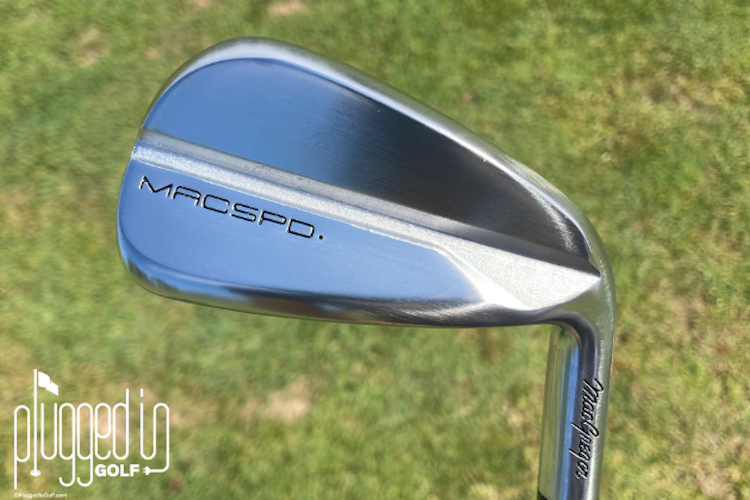
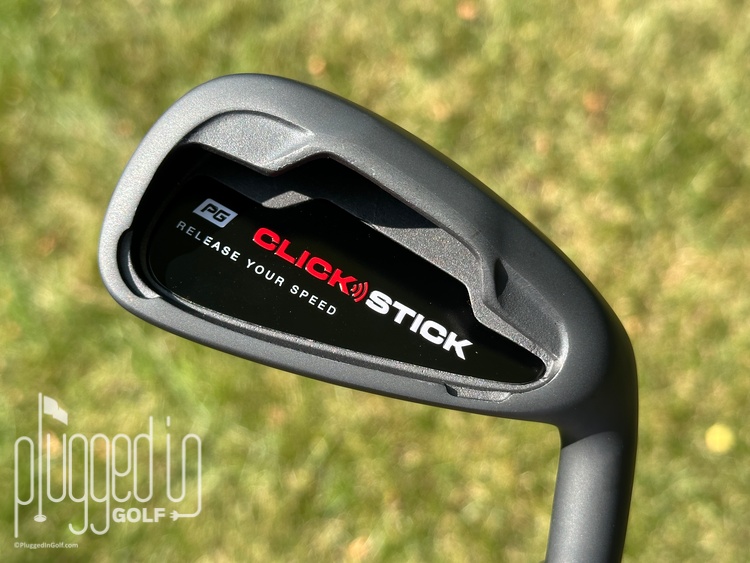









6 Comments
Great rundown as usual. Since you reviewed both this and the Titleist u505, any comparisons between the two? Thanks!
Nigel,
They’re similar. As always, I’d suggest anyone deciding between the two do so at a fitting where they can see if there’s a meaningful difference for their swing.
Best,
Matt
Matt, I enjoyed your reviews of the three successive DHYs: P, Stealth and SIM. Do you think there are meaningful performance differences amongst the 3, or are the improvements very marginal or just cosmetic? Thanks.
Stanley,
I think they’ve shown iterative improvements in forgiveness. There are no night-and-day improvements in clubs anymore, or, at the very least, they’re extremely rare.
The other point to make is that some changes are good for certain players, bad for others. Less spin, for example, is good for some, bad for others. So if the third generation is the lowest spinning and the original the highest, there will be some players who think the clubs have just gotten worse.
I hope that helps.
Best,
Matt
Matt, thanks for the comments. How would you compare the Mizuno Pro Fli-Hi, which you reviewed a couple years ago, to these TM DHYs? Would you say the Mizuno is a less-forgiving and lower launching club, more similar to the UDI than the DHYs? Thanks.
Stanley,
Yes, the Mizuno Pro Fli-Hi is significantly less forgiving than the DHy.
Best,
Matt